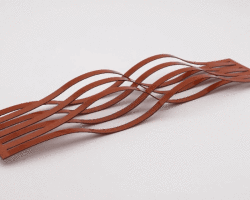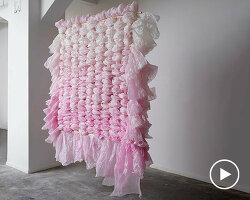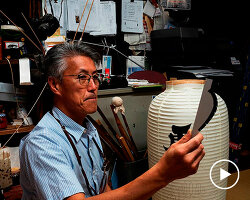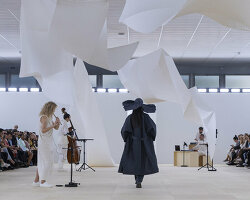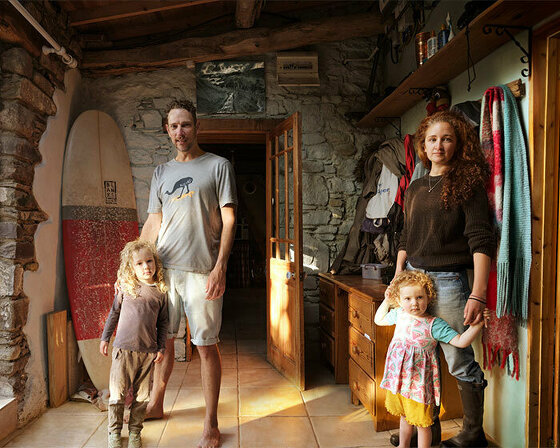KEEP UP WITH OUR DAILY AND WEEKLY NEWSLETTERS
PRODUCT LIBRARY
we're getting ready for the pre-opening launching today until friday, with public access scheduled for the 20th.
connections: 6
designboom speaks with french artist JR about la nascita, his new monumental rock installation just outside milan central station.
the 'poet of iron', as dubbed by his colleagues, passed away at his home in orient, new york, after a battle with pneumonia.
connections: +110
renowned photographer annie leibovitz, IKEA's first-ever artist in residence, unveils 25 powerful portraits of family life from stockholm to tokyo.
connections: +480
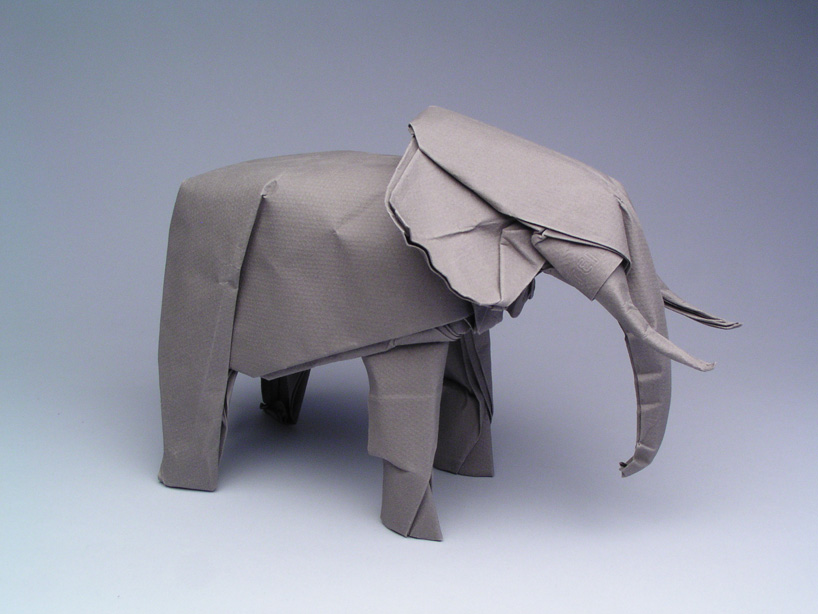
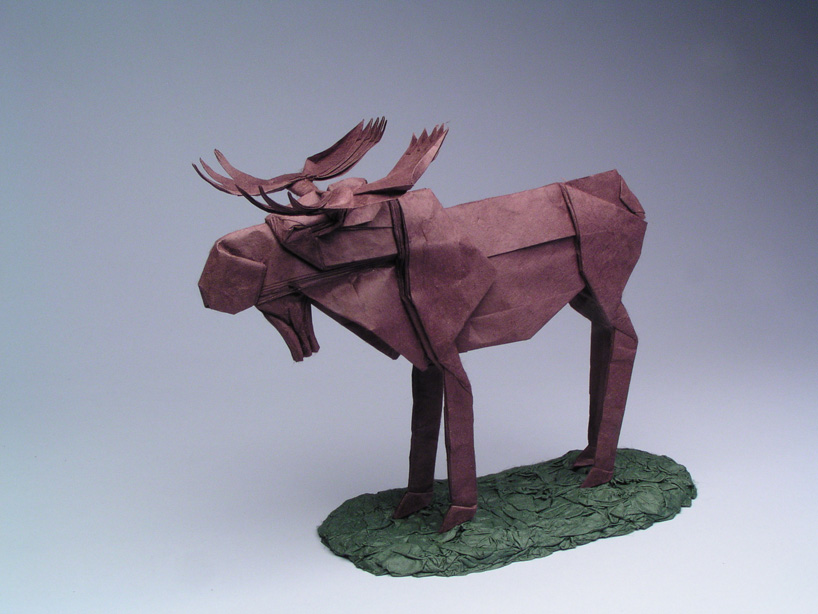 moose
moose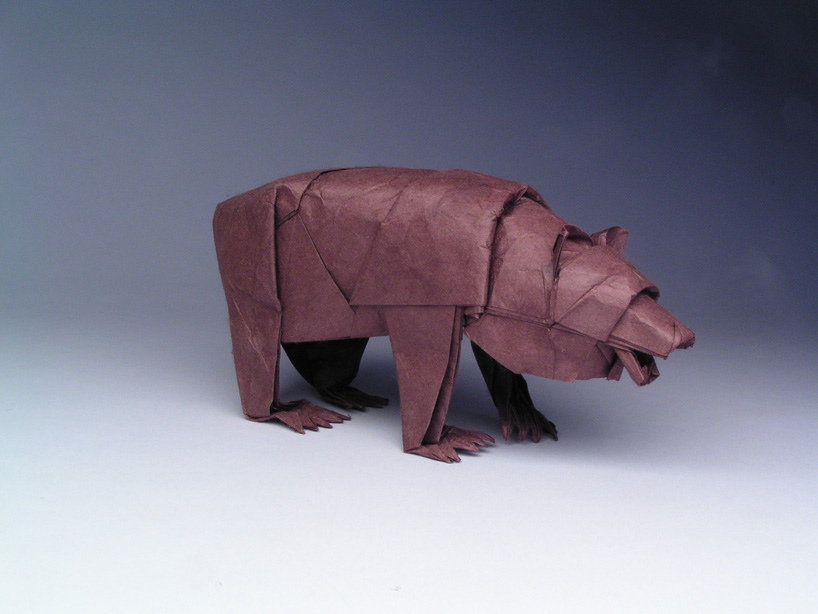 grizzly bear
grizzly bear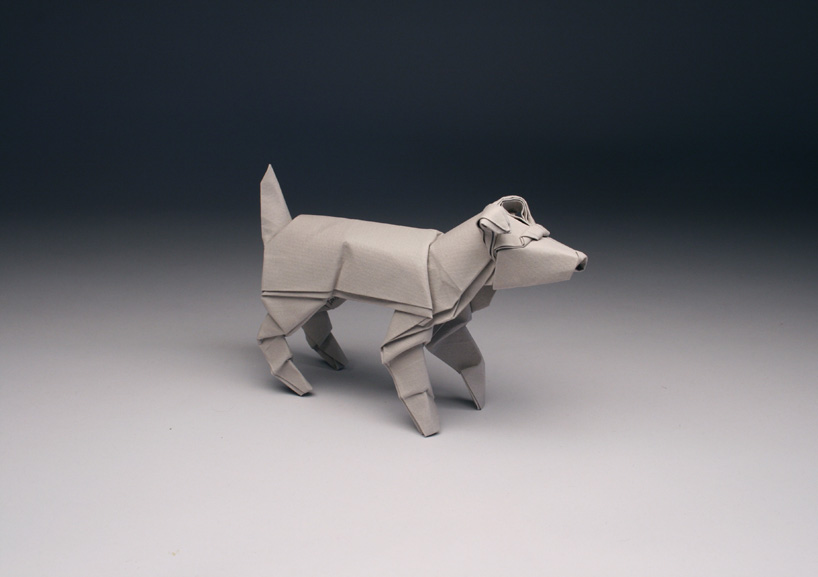 jack russel
jack russel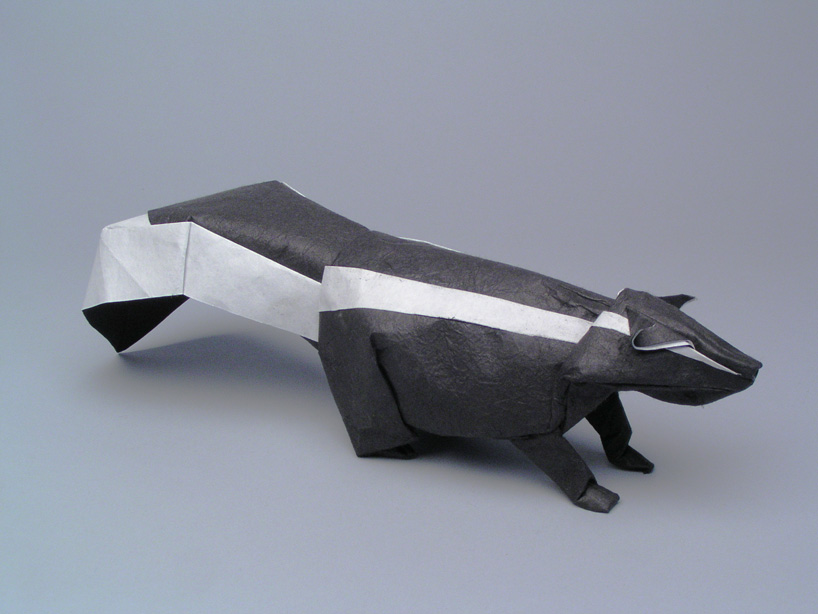 skunk
skunk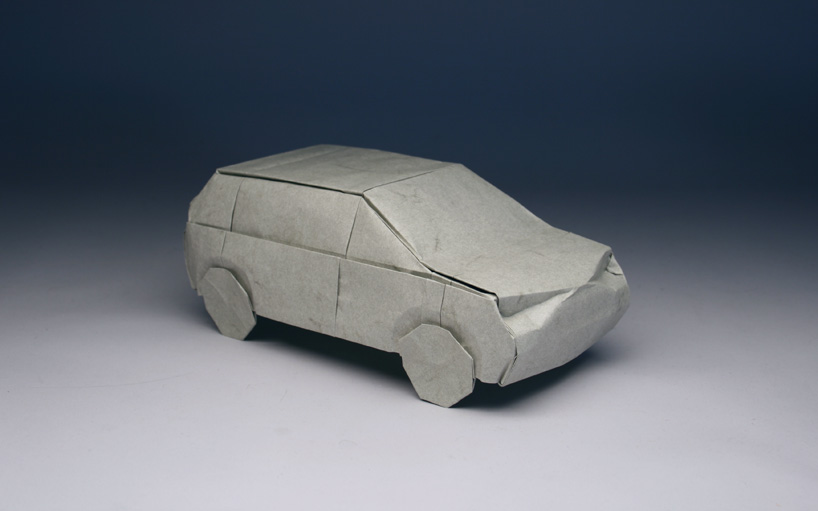 SUV opus 507
SUV opus 507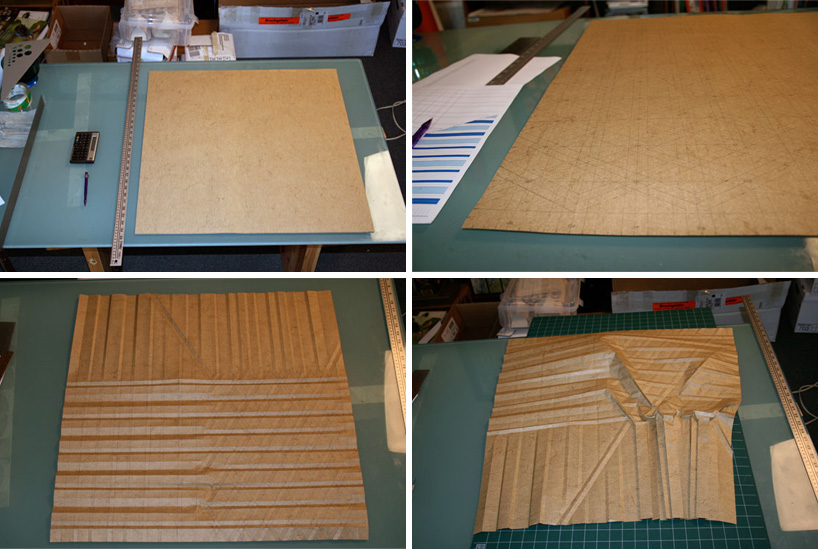 making of american flag: the piece is made with a single sheet of 13×17" (33cm x 43 cm) wyndstone marble paper. first the fold pattern is drawn then numerous base folds are made.
making of american flag: the piece is made with a single sheet of 13×17" (33cm x 43 cm) wyndstone marble paper. first the fold pattern is drawn then numerous base folds are made.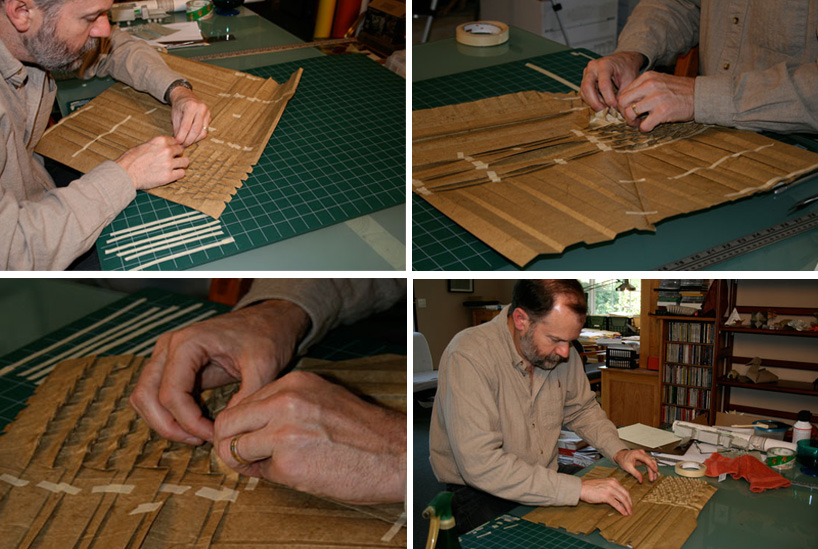 before a series of intricate smaller folds are made to start forming the stars and upper stripes, folds are held in place with masking tape.
before a series of intricate smaller folds are made to start forming the stars and upper stripes, folds are held in place with masking tape.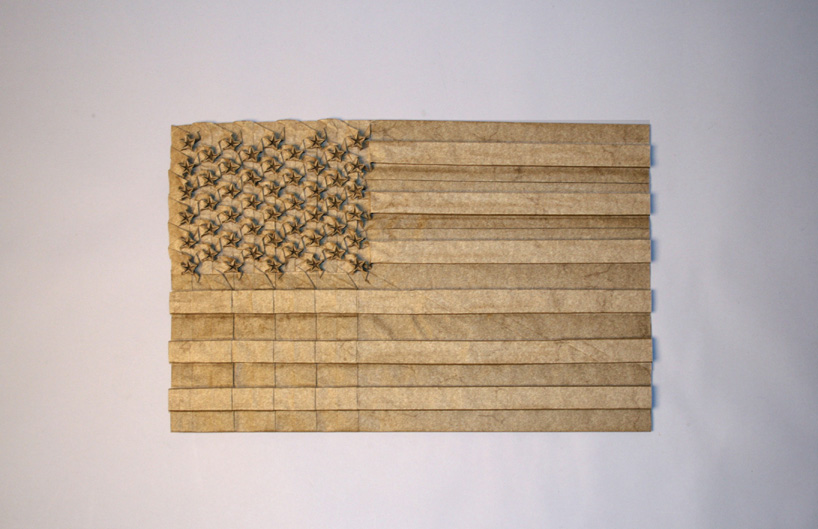 finished american flag by robert j lang – more details
finished american flag by robert j lang – more details 
